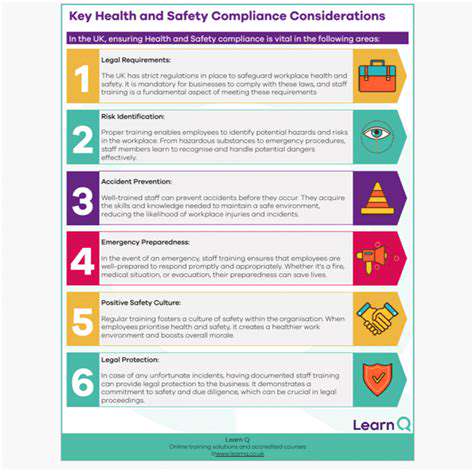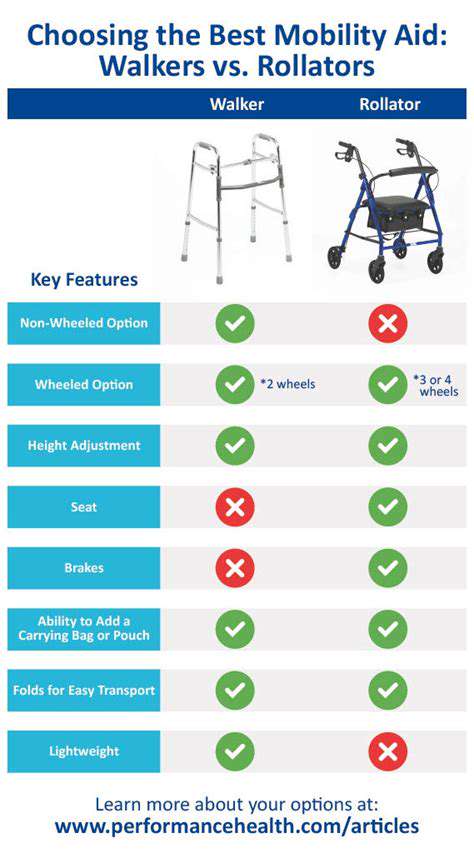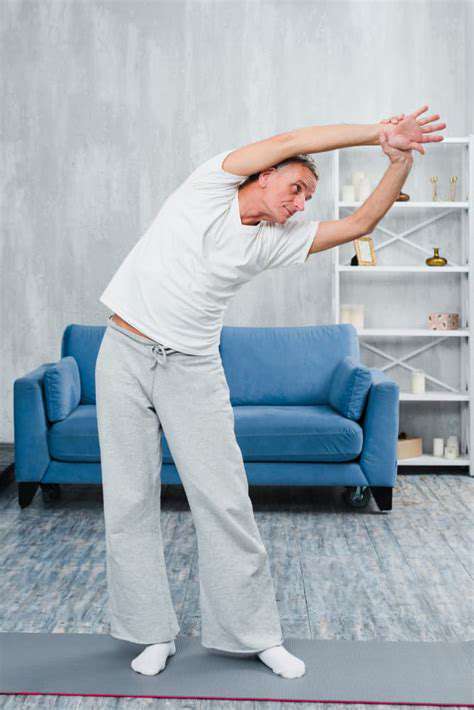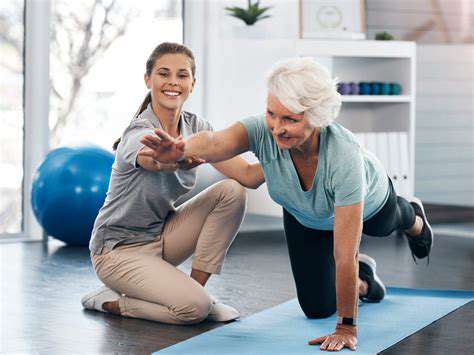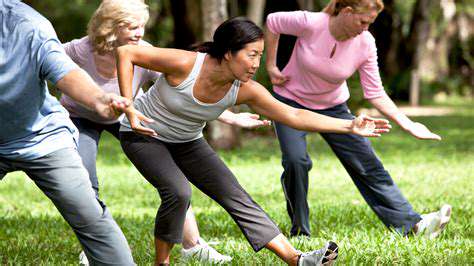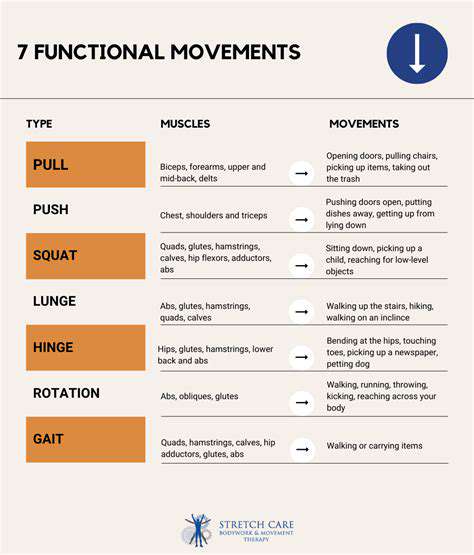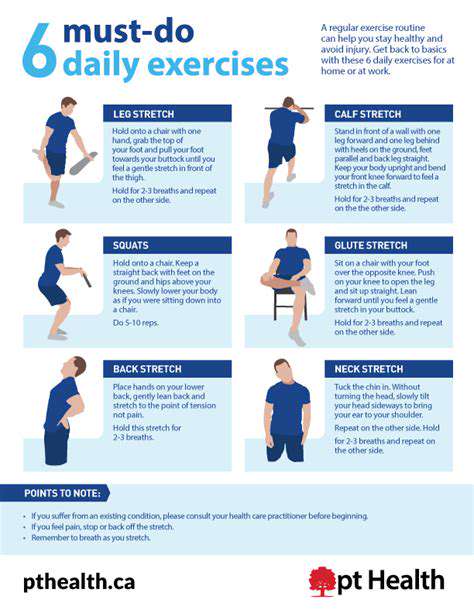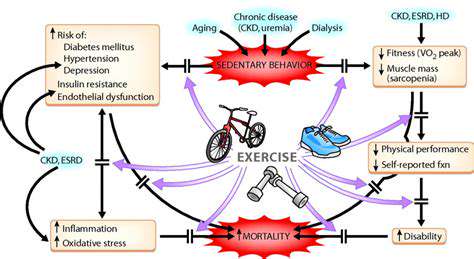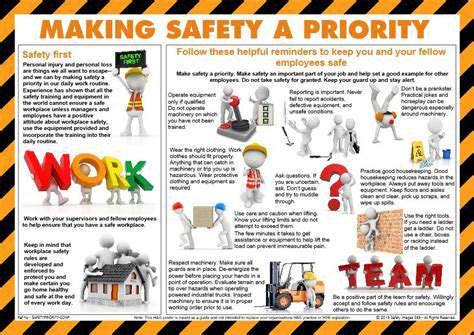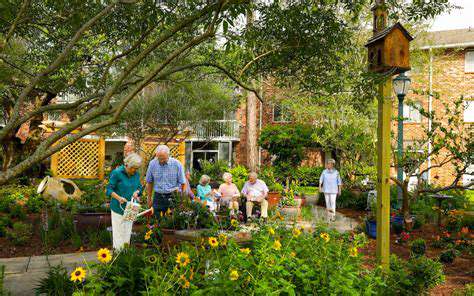Chair Yoga Routine for Seniors with Arthritis: Reduce Pain
Introduction to Chair Yoga for Seniors
Chair Yoga Benefits for Seniors
Chair yoga offers a multitude of benefits specifically tailored for seniors. It's a gentle form of exercise that can improve balance, flexibility, and strength without the jarring impact of standing poses. This makes it an ideal practice for those with arthritis, osteoporosis, or other mobility limitations. By incorporating chair yoga into a regular routine, seniors can experience a significant boost in their overall well-being.
Furthermore, chair yoga can help reduce stress and anxiety, promoting a calmer and more peaceful state of mind. The mindful movements and focused breathing techniques inherent in chair yoga can be incredibly beneficial for emotional health, allowing seniors to feel more grounded and present in their daily lives.
Getting Started with Chair Yoga
Before starting any new exercise program, it's crucial to consult with your doctor. They can assess your individual health needs and provide personalized recommendations for chair yoga practice. This is especially important for seniors with pre-existing conditions. Your doctor can guide you on appropriate modifications and ensure you're performing the poses safely and effectively.
Begin with short, 10-15 minute sessions, gradually increasing the duration as your strength and flexibility improve. Start with simple poses and gradually introduce more challenging ones as you gain more experience and confidence. Consistency is key; even short, regular sessions can yield significant improvements over time.
Essential Equipment for Chair Yoga
While chair yoga can be practiced without any additional equipment, certain items can make the experience more comfortable and supportive. A sturdy, supportive chair is paramount. A yoga mat can provide cushioning and prevent slipping, enhancing comfort and safety during practice. A blanket or a rolled-up towel can provide extra support for your back and neck if needed during specific poses.
Chair Yoga Poses for Arthritis Relief
Chair yoga poses can effectively target areas often affected by arthritis, such as the hips, knees, and hands. Gentle stretches and holds can help alleviate stiffness and pain. Forward folds, seated twists, and arm stretches are examples of poses that can gently improve range of motion and reduce inflammation.
Modifications for Seniors with Arthritis
It's essential to modify poses as needed to accommodate the unique needs of seniors with arthritis. If a particular pose causes pain, adjust the position or simply hold the pose for a shorter duration. The goal is to find a comfortable and effective range of motion that doesn't exacerbate pain or discomfort. Listen to your body and make adjustments as required throughout the session.
Creating a Safe and Supportive Environment
A safe and supportive environment is crucial for seniors practicing chair yoga. Ensure the space is clear of obstacles to prevent tripping or falls. Have a phone or call button readily available in case of an emergency. Choose a time when you feel most alert and capable of performing the poses safely. Having someone present during your first few sessions can be extremely helpful for support and guidance.
Incorporating Chair Yoga into Your Daily Routine
Integrating chair yoga into your daily routine can make a remarkable difference in your overall well-being. Schedule dedicated time for your practice, just like you would for any other important appointment. Find a time that works best for you, whether it's in the morning, afternoon, or evening. Think of chair yoga as an opportunity to nurture your physical and mental health, allowing you to enjoy a more active and fulfilling lifestyle.
Essential Chair Yoga Poses for Seniors with Arthritis
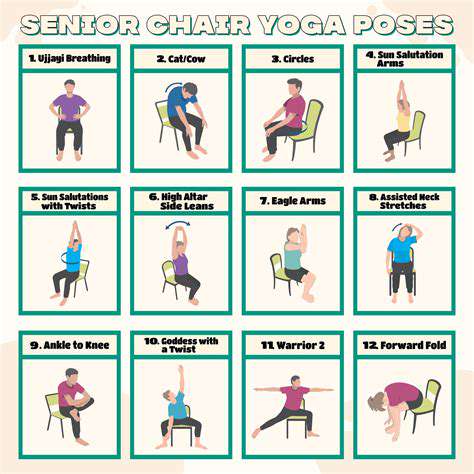
Chair Forward Fold
Chair forward fold is a fantastic yoga pose for seniors, offering a gentle yet effective stretch for the hamstrings and spine. It's easily adaptable to different levels of flexibility and balance, making it suitable for those with limited mobility. This pose helps improve circulation and can ease tension in the lower back and hips. The seated position provides stability, minimizing the risk of falls or injuries, making it a safe and accessible practice.
To perform this pose, sit comfortably on a chair, keeping your feet flat on the floor. Inhale deeply and lengthen your spine, then exhale and gently fold forward from your hips, keeping your back as straight as possible. Hold onto the chair or use your hands to gently guide your torso towards your thighs. Hold the pose for 5-10 breaths, focusing on the stretch in your hamstrings and lower back. Gradually increase the hold time as your flexibility improves.
Chair Spinal Twist
The chair spinal twist is a wonderful pose for seniors, promoting flexibility and mobility in the spine. This gentle twist releases tension in the back muscles, improves digestion, and can help alleviate stiffness. Regular practice can enhance posture and balance. It's a simple yet powerful pose to improve overall well-being.
To execute this pose, sit tall on a chair with your feet flat on the floor. Exhale and twist your torso to one side, keeping your shoulders relaxed and your chest open. You can place your hand on the opposite knee or your back for support. Keep your gaze over your shoulder, maintaining a calm and controlled posture. Hold for 5-10 breaths, then repeat on the other side. Remember to maintain a steady breath and focus on the gentle twist in your spine.
Chair Leg Stretches
Chair leg stretches are an excellent way to improve flexibility and circulation in the legs for seniors. These stretches are particularly beneficial for individuals who may have limited mobility or stiffness in their joints. These stretches can be tailored to target specific leg muscles, such as the hamstrings, quads, and calves. Improving flexibility in the legs can reduce the risk of falls and improve mobility.
For example, you can stretch your front leg forward, keeping your heel grounded, and gently pulling your toes towards you with the opposite hand. Hold this stretch for several breaths, focusing on the stretch in your hamstring. For a quad stretch, gently pull one leg up towards your chest, holding for a few breaths. Remember to maintain a steady breath and focus on the stretch in the targeted muscles. These gentle stretches are an important part of maintaining healthy mobility and flexibility as we age.
Maintaining Consistency and Progress
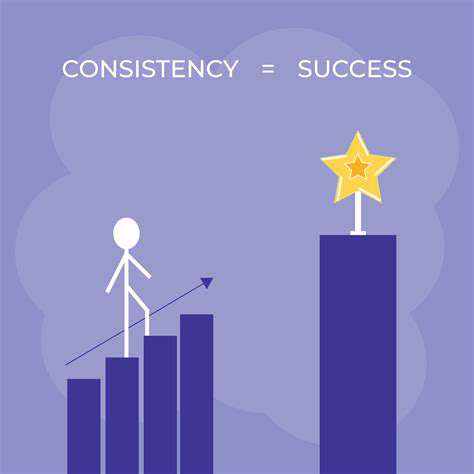
Maintaining a Consistent Workflow
Consistency in a workflow is crucial for efficient project management and successful project delivery. A consistent approach ensures that tasks are completed reliably and predictably, minimizing errors and delays. This predictability allows for better resource allocation and scheduling, ultimately contributing to a smoother and more manageable project lifecycle. By establishing clear procedures and guidelines, and ensuring team members adhere to them, projects can be completed within budget and on time.
Establishing standardized processes for communication, documentation, and task management is essential. This not only streamlines operations but also fosters a collaborative environment where everyone understands their roles and responsibilities. Clear communication channels and concise documentation minimize misunderstandings and ensure that everyone is working towards the same objectives.
Progressive Improvement and Adaptation
While consistency is important, proactive adaptation to new information and changing circumstances is equally vital for project success. Projects rarely unfold exactly as planned, and unforeseen challenges often arise. The ability to recognize and respond to these challenges in a timely and effective manner is key to maintaining momentum and achieving desired outcomes.
Regularly evaluating and refining processes based on feedback and performance data is essential for continuous improvement. This iterative approach allows the project team to identify areas for optimization and implement adjustments that enhance efficiency and effectiveness. By embracing a mindset of continuous improvement, projects can adapt to emerging needs and maintain a high level of quality throughout the lifecycle.
Furthermore, recognizing and learning from past successes and failures is crucial for future project planning and execution. Analyzing project data and identifying trends can highlight areas where processes can be streamlined or where resources need to be adjusted. This iterative process of improvement and adaptation ensures that the project remains relevant and effective in the long term.
Adapting to changing priorities and market conditions is also a key aspect of maintaining progression. The ability to pivot when necessary, while maintaining a degree of consistency in core principles, is vital for long-term sustainability and success. Flexibility and responsiveness are essential for navigating the dynamic nature of the modern project landscape.
Regular check-ins and reviews with stakeholders are also critical for keeping the project on track and adapting to shifting priorities. This constant communication helps to ensure that the project aligns with evolving needs and expectations.
Implementing a feedback mechanism allows for the continuous assessment of the project's progress and identification of necessary adjustments. This allows for a proactive approach to managing risks and adapting to changing demands, ensuring the project remains aligned with the overall strategic goals.

